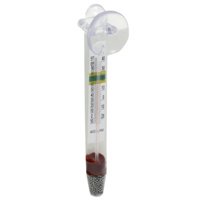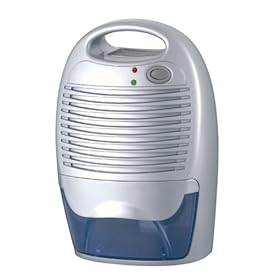what i think he is trying to say that if you have some systems that only spray the roots then thay r going to get loads of oxygen from the air so it dosent have to be in the water the same as neb and flow am i right?
Im not the only one
http://www.hydroponics.com/howtoinfo/hydroponics%20articles/temperature_part%202.html
When growing indoors and using hydroponics, one should not only think about room temperature but also about the temperature of their nutrient solution, which should be between 60F- 75F.
65F is ideal because the water holds the most oxygen at this temperature. Allowing your reservoir temperature to drift below 50F or above 85F is dangerous because the risk of damaging the roots is high. To control the temperature of the nutrient solution a reservoir chiller or an aquarium (insert) heater may be used. Aquarium heaters are common for reservoirs that are sitting on cold floors, for example concrete or tiled flooring. Aquarium heaters are submersible heat elements controlled by a thermostat on it. * Safety Tip * Only plug an aquarium heater into a grounded outlet and make sure that the heater does not rest against the bottom or side of your reservoir. Also never leave an aquarium heater on outside of water because it will rapidly heat up and burn out.
High reservoir temperatures can cause the gardener many problems. This can cause water to evaporate,
which concentrates the nutrient solution. High temperature also
increases the possibility of water-born disease. If this is the case it may be time to invest in a reservoir chiller. Reservoir chillers cool the nutrient solution by circulating it through refrigerated coils set by a thermostat. When the temperature gets high, reservoir chillers are worth every penny.
http://everything2.com/title/aeroponics
The Temperature Problem
One of the most difficult factors to
control in a hydroponic setup is the temperature of the water/nutrient solution. Obtaining maximum exposure (within reason) to
sunlight or
artificial light is usually a primary goal; but intense light from any source is unavoidably accompanied by intense heat. Of course solutions for this exist, but they pose problems in cost,
complexity and
logistics serious enough to make any grower reconsider operating in an enclosed space -- or at least to force a reconsideration of just how close to theoretical maxima of production one truly wishes to operate, and how much labor and investment it is actually worth.
Why does solution temperature matter?
Dissolved oxygen, plus those competitor organisms again. At the temperature of a natural stream that is cold to the touch,
water naturally contains a great deal of dissolved oxygen. As noted above,
oxygen is important to the development and productivity of a plant's feeder roots (comprising the majority of the roots of most green plants). As water temperature approaches and exceeds 70°F/20°C, its ability to hold oxygen available to plants (and fish) drops dramatically to only a small fraction of that of colder water. Furthermore, warmer water supports exponentially greater cell growth in the water molds and other organisms that prey on plant roots.
Thus, a common
syndrome observed in hydroponic cultivation goes as follows. The lighting system (or sunlight, in
greenhouses), plus the
ambient air temperature, eventually bring the nutrient solution to an unhealthily high temperature: for many
green plants 70°F/20°C is a warning sign, 75°F/24°C causes real stress, and 80°F/27°C can only be tolerated for a short time without causing widespread damage from which it is difficult to recover. Once a plant, and an entire growing system, is infected with water molds (e.g.
pythium spp.) it can be difficult to restore to health even after a complete change of solution or a full system cleaning.
How does aeroponics solve this?
The main advantage of aeroponics is that the
nutrient solution spends the vast majority of its time in a
reservoir, only periodically being pumped up and exposed to the relatively warm growing environment.
Thus it can be much more easily maintained at a temperature that discourages fungi (etc.) and keeps dissolved oxygen high, without resorting to expensive and high-maintenance solutions such as direct
refrigeration.
https://www.rollitup.org/hydroponics-aeroponics/143621-reservoir-temperature-day-night-temps.html
I would not let it get over 70F... 72 was when i got root rot... (in DWC system) you can get some additives that are supposed to prevent other biological growth and root rot, but 65-70 is ideal.
also, the closer to 65 you can keep it the more oxygen it holds...
ebb/flow systems are not so sensitive to res temp - you could go up to 75, but i wouldnt cross that.
I got pathogens at 75F







